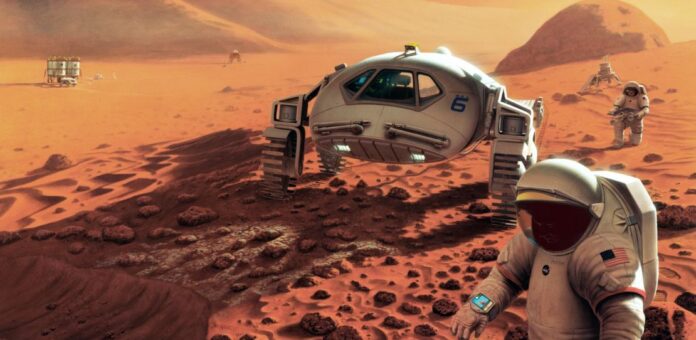Elon Musk has officially announced the timeline for SpaceX’s ambitious Mission to Mars, outlining a plan that includes launching uncrewed missions within the next two years and achieving the first crewed flights within four years. The announcement marks a significant step toward Musk’s long-term vision of establishing a self-sustaining city on Mars and advancing humanity’s future as a multiplanetary species.
2 Years: First Uncrewed Starship Missions
In the next Earth-Mars transfer window, which occurs approximately every 26 months, SpaceX plans to launch the first uncrewed Starships to Mars. These missions will focus on testing the landing reliability of the spacecraft on the Martian surface. The data gathered from these tests will be critical for paving the way for future crewed missions.
Also Read: Boeing’s First Astronaut Mission Ends with Empty Capsule Landing, Pilots Remain in Space
4 Years: Crewed Flights to Mars
If the uncrewed landings prove successful, Musk aims to send the first crewed missions to Mars within four years. These early missions will serve as the foundation for future exploration and eventual colonization. The goal is to develop the technology needed to safely transport humans to the Red Planet and establish a sustainable presence there.
20 Years: Building a Self-Sustaining City
Musk’s vision extends far beyond initial exploration. Within 20 years, he aims to establish a self-sustaining city on Mars, with the flight rate to the planet increasing exponentially. This long-term goal includes developing the infrastructure necessary to support human life independently of Earth, such as producing food, water, and building materials on Mars.
Long-Term Goal: Humanity as a Multiplanetary Species
The ultimate aim of SpaceX’s Mars mission is to secure the future of human consciousness by becoming a multiplanetary species. Musk believes that by reducing humanity’s dependence on a single planet, the chances of surviving potential existential threats to Earth, such as natural disasters or man-made catastrophes, will be significantly improved. This bold vision aims to extend the lifespan of human civilization and ensure its survival for generations to come.
With this ambitious timeline, SpaceX continues to push the boundaries of space exploration, bringing the dream of living on Mars closer to reality.



